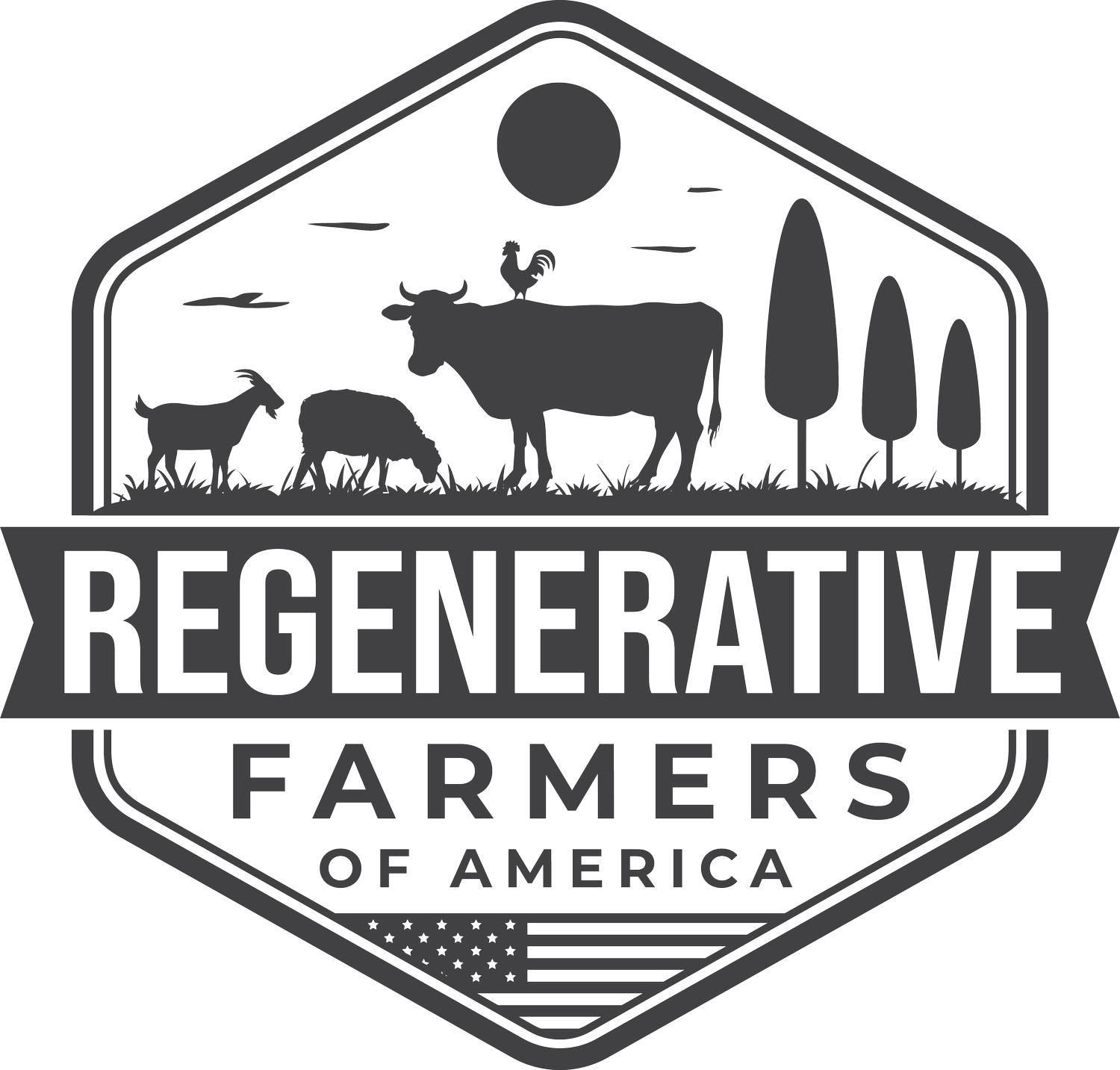
No Till Farming:
Benefits, Techniques, and
Tips for Regenerative Agriculture
What is No Till Farming?
No-till farming (also known as zero tillage or direct drilling) is an agricultural technique for growing crops or pasture without disturbing the soil through tillage. Instead of tilling, farmers use specialized equipment to drill seeds directly into the ground, leaving crop residue and plant matter on the surface.
This approach offers several benefits, including reduced soil erosion, increased water retention, and improved soil health. By avoiding the disruption of soil structure, no-till farming helps to preserve soil biodiversity and enhance the natural nutrient cycles. In addition to its environmental benefits, no-till farming can also result in higher crop yields and lower production costs over time. Overall, no-till farming is a proven method for promoting regenerative agriculture and preserving our natural resources for future generations.
We love this example from Baker Hill Farm.
Benefits of No Till Farming:
Improved soil structure. Tillage disrupts the natural structure of soil and disperses some of the carbon that it needs into the air. No Till means you are keeping more of the nutrients your soil needs right where it belongs
Erosion can be reduced by leaving more residue on the surface in the months when there are no crops growing. Allowing the rain or melting snow to not run off, but instead work its way down into your soil bringing beneficial nutrients into it.
Minimizing the compaction of your soil.
Increased soil fertility.
An important part of no-till is keeping the soil covered/ protected. Naturally this is done with grasses and forage but can also be done more intentionally in gardens in-between crops with cover crops or mulching.
Techniques for No Till
There are several techniques used in no-till farming.
Composting/Layering method: adding organic matter on the soil surface to decompose and provide nutrients to the crops.
Direct drilling: planting seeds directly into untilled soil.
Strip-till: tilling only a narrow strip where the seed will be planted.
Zone-till: creating a narrow strip of tilled soil with an un-tilled zone between the rows.
By using these techniques, farmers can reduce their environmental impact and improve their crop yields. No-till farming is a proven method for promoting regenerative agriculture and preserving our natural resources for future generations.
This is a great depiction of the layers of sheet mulching from Leah. Check out her podcast here.
Raised Beds for No Till
If you are looking for raised beds, we highly recommend Vego (it’s what we use). Use a hugel-style system like the photo above to fill them affordably and grow amazing food!
Any purchases from Vego may help us earn income and keep growing Regenerative resources!
One of the leading authorities on No Till methods is Charles Dowding particularly for gardening. Charles has a variety of popular YouTube videos, courses, and online educational resources he shares to help people yield tons of food for significantly less work! No Dig Organic Gardening - Charles Dowding | No Dig He provides step by step instructions on how to easily start no-till gardens, companion planting, make your own compost, timeliness for sowing, and many other tips and tricks to make gardening much easier and less labor intensive.




